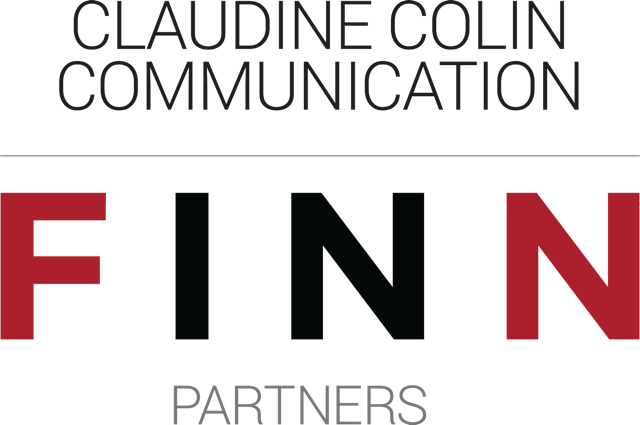The 19th century was a time of museums being founded, while the 20th century was that of their development, questioning, reinvention and often their redistribution. With its collections from the Museum at the Trocadero, the Museum of Man and the Museum of Popular Arts and Traditions, as well as the contemporary issues that it addresses, the Mucem embodies an essential part of this evolution thanks to the objects and ideas transmitted through it by one man: Georges Henri Rivière (1897-1985).
Taking the life of Georges Henri Rivière as the main thread of this story, the exhibition’s 30 or so sequences depict the scope of his personal relations and the breadth of his vision of a world in mid-transformation. It begins by painting a picture of the man: his background, his education and his role as an intermediary, up until the time when he – and all those whom he galvanized to join him – launched a veritable revolution in the world of museums, preceding and inspiring the context today.
Georges Henri Rivière was the son of a middle-class urban father and a rural mother. He decided on a career in music and, thanks to his uncle Henri Rivière (an entertainer at the Chat Noir cabaret), discovered the world of art collectors and scholars, but also the perspective of an artist in his element, friend of Degas, and remarkable engraver and photographer. His sister, Thérèse Rivière, followed him to the Trocadero, becoming an excellent ethnologist from her first assignment in the Aures with Germaine Tillon, a career that was destroyed by her descent into madness.
The exhibition portrays Rivière the musician, curious about every new thing from the Roaring Twenties, from modern art to jazz and fashion, and from photography and film to the music hall. A controversial journalist who contributed to the best magazines, Cahiers d’Art and Documents, he assumed a dominant role at the Museum at the Trocadero after curating his first exhibition in 1928 on Ancient American Art. A tireless intercessor and organizer of high-impact events, using foreign museums as his examples, he saw the Museum of Man, with its ethnographic collections, as an instrument for social and scientific exchanges, opened by the Popular Front during the 1937 World’s Fair.
Rivière understood that, over and above the ethnology of exotic cultures, there was a need to focus on the upheaval announced by the rural and working-class cultures of France, and so that same year he created a “museum of popular arts and traditions”. The museum’s evolution then unfolds through the exhibition, in the form of prefigurations of exhibitions, up until it opened its doors in 1972. All the while, Rivière remained close to the artists, Picasso, Léger and their patrons. Georges Henri Rivière explored and analysed craft expertise and the multiple facets of popular inventions, from imaging to circus arts. He revealed the strength, the beauty, the humour and the potential of a world that was thought to be a thing of the past.

